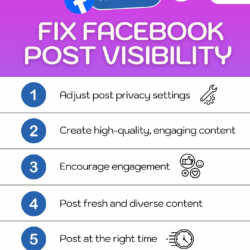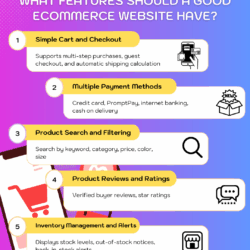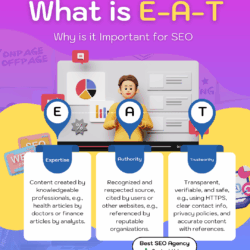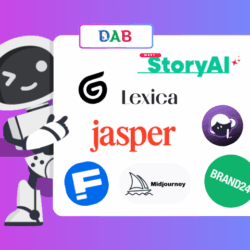How to Create Facebook Content That People Actually Want to Share [Updated 2025]

Introduction
Marketing on Facebook today is no longer about posting as much as possible. The real power comes from content that people want to share. Sharing signals that your content has value and naturally boosts organic reach. At Digital Agency Bangkok, we’ve worked on Facebook marketing for years, giving us deep insights into what types of content generate high engagement. In this article, we’ll share our experience and analyze the kinds of Facebook content that users love to share.
This article will cover main content types such as text, images, and videos, explain why creating shareable posts matters for your business, dive into characteristics that encourage sharing, highlight common pitfalls, and answer frequently asked questions about Facebook content creation.
If you’re looking for ways to make your posts not just likeable but genuinely shareable, this guide is essential reading.
What is Facebook Content and Its Types
When we talk about Facebook content, we mean all types of material shared on the platform, whether short status updates, beautiful photos from your phone, or viral videos that spread quickly.
User behavior on Facebook has changed significantly. People no longer use the platform just to update their personal lives. They also consume news, entertainment, inspiration, and discover products and services. This makes content the key factor in attracting attention and determining how users interact with your page.
Main Types of Facebook Content
1.Status Updates
Great for short stories and encouraging comments. Posts that touch on emotional or social issues are often shared easily.
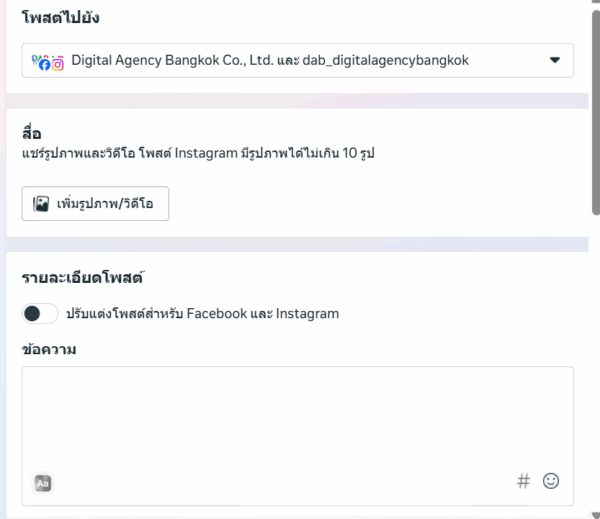
2.Photos and Graphics
Beautiful photos or infographics design capture attention and are ideal for sharing knowledge or inspiration.
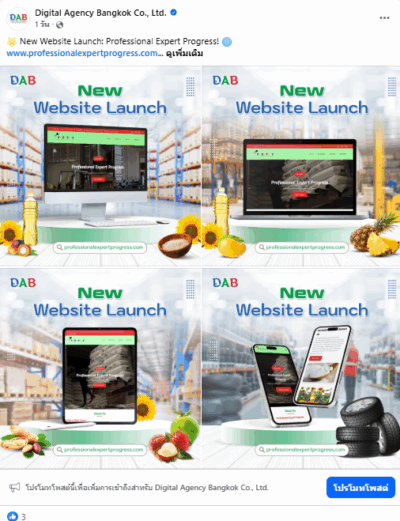
3.Video Content
Short videos (Reels) are highly popular because they are easy to watch and share. Live videos create a sense of closeness and real-time engagement.
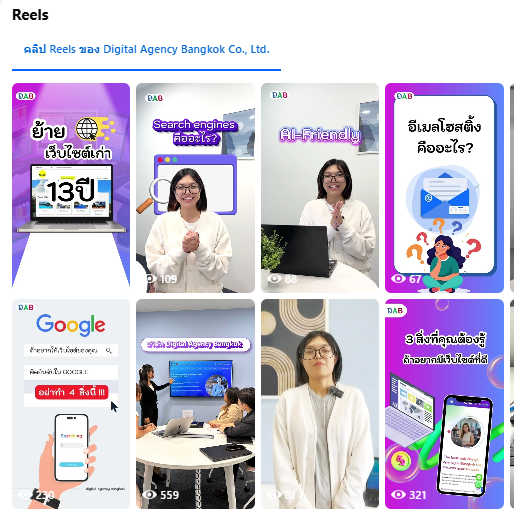
4.Link Posts
Drive traffic to your website or blog. Valuable topics are often shared across groups or pages.
5.Polls & Events
Encourage interaction and participation. Sometimes shared to invite friends or communities to engage.
Every type of content plays a different role, but they all need to align with user interests and behavior to be shareable and widely distributed.
Why Facebook Content Matters
Content defines the relationship between your brand and users. Each post is an opportunity to communicate directly with followers and your target audience.
Facebook’s algorithm prioritizes engagement, especially shares. When someone shares your post, it signals value and increases organic reach without paid ads. Likes, comments, and shares tell Facebook your page is interesting, boosting the chances your content appears to other users.
For businesses, great content builds trust and relationships with customers. Content that resonates and gets shared acts as word-of-mouth marketing, which is powerful and long-lasting.
In today’s fast-moving social media environment, creating valuable, engaging posts ensures your brand stands out amid the noise. Strategically planning content based on user interests and behavior is key to growing your page and outperforming competitors.
Types of Facebook Content People Love to Share
Not every post will be shared. To create content people genuinely want to share, you must understand why users share. Here are five main types of content that generate high shares:
1.Informative / How-to Content
People love sharing useful content such as work tips, health advice, or specific problem-solving guides. Sharing this type of post communicates, “This is something you should know.” Examples include simple home recipes or online tool tutorials.
Why share: Provides value and positions the sharer as knowledgeable and helpful.
2.Emotional / Relatable Content
Posts that evoke strong emotions like inspiration, humor, or touching stories are shared quickly. Users often share to let friends and family experience similar feelings. Examples include success stories of ordinary people or memes understood by a specific group.
Why share: Sparks emotions and encourages connection with others.
3.Identity / Personal Expression Content
People share posts reflecting their personality or opinions, such as memes or quotes that resonate with them. Sharing this communicates personal identity and interests.
Why share: Builds self-image and expresses beliefs or tastes to friends.
4.Trending / Viral Content
Posts about hot news or viral trends spread fast. Examples include trending videos, challenges, or viral news. Timing is key to sharing success.
Why share: Users want to be part of the trend and keep friends updated.
5.Credible / Practical Content
Content backed by reliable sources, such as statistics or analytical articles, is shared within professional or business communities.
Why share: Provides accurate information and positions the sharer as knowledgeable.
In summary, shareable content isn’t just about beautiful images or long text. It should provide value, evoke emotion, or reflect users’ identity. Understanding this makes creating engaging, shareable Facebook posts easier.
Facebook Content Pitfalls to Avoid
Creating shareable content is important, but careless posting can harm your brand image. Be aware of these common pitfalls:
- Clickbait or exaggerated posts
Users feel disappointed when content doesn’t match the headline, reducing trust and possibly being flagged as spam by Facebook’s algorithm. - Copyright issues
Using unauthorized images or videos can cause legal problems or removal from the platform. Always use licensed or original content. - Misinformation
Sharing inaccurate or unverified information, especially about statistics, news, health, or finance, can damage credibility. - Posting frequency and timing
Overposting or repeating the same content may annoy followers. Prioritize quality over quantity and post at times suitable for your audience.
Understanding these pitfalls ensures your Facebook content maintains credibility and strengthens your brand image over time.
Conclusion
Creating Facebook content people want to share isn’t difficult if you understand why users share posts. Content that provides value, evokes emotion, reflects identity, or is credible tends to be highly shareable. Planning content types according to your audience’s behavior is essential.
However, avoid clickbait, copyright violations, misinformation, and overposting, as these can harm your page’s reputation. Thoughtful, strategic posting not only encourages likes but also organic shares, helping your brand grow and reach a wider audience.
Once you understand these principles, you’re ready to create Facebook posts that engage users and inspire genuine sharing.
FAQ
Q: Which posts are most likely to be shared?
A: Posts that provide value, evoke emotion, reflect identity, or are credible are often shared because users see them as useful and want to pass them on.
Q: Are videos or images easier to share?
A: It depends on the content, but generally short videos and infographics are easier to share as they are quick to understand and engaging.
Q: How often should I post to get more shares?
A: Frequency is less important than quality and consistency. Regular high-quality posts build engagement and increase share potential.
Q: What types of content should I avoid sharing?
A: Avoid clickbait, inaccurate information, or copyrighted content, as they can harm credibility or reduce reach.
Q: How can I make my Facebook posts go viral?
A: Posts that understand your audience, leverage trends, or evoke emotion are more likely to be shared and go viral.
Q: Why hire an agency for Facebook marketing?
A: Effective Facebook marketing requires content strategy, audience analysis, video editing, graphic design, and Facebook ads management. Hiring an agency saves time, reduces risks, and delivers measurable results.
Q: Which agency should I hire?
A: Digital Agency Bangkok offers full-service solutions from graphic design, video editing, content creation to Facebook ad management. Our team understands user behavior and creates content that resonates, boosting engagement, shares, and sales effectively.

